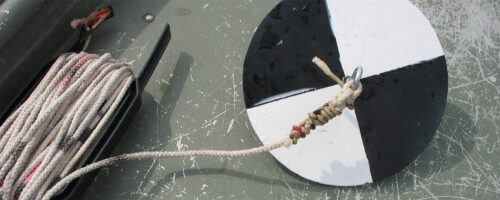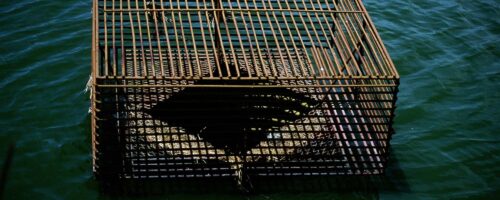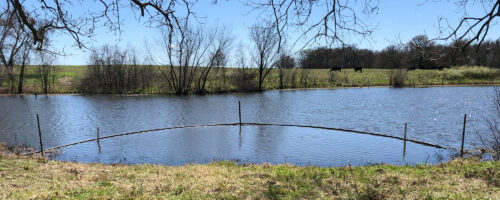Category: Ponds
Categories

A Secchi Disk is Used to Measure Water Clarity
Estimated reading time: 3 minutesParasite Problems in Ponds
Estimated reading time: 2 minutes
Box Type Parallel Bar Barrier
Estimated reading time: 3 minutes
Pond Fencing
Estimated reading time: 3 minutes
Pond fencing helps reduce erosion and improve water quality where livestock create bare banks and trails...